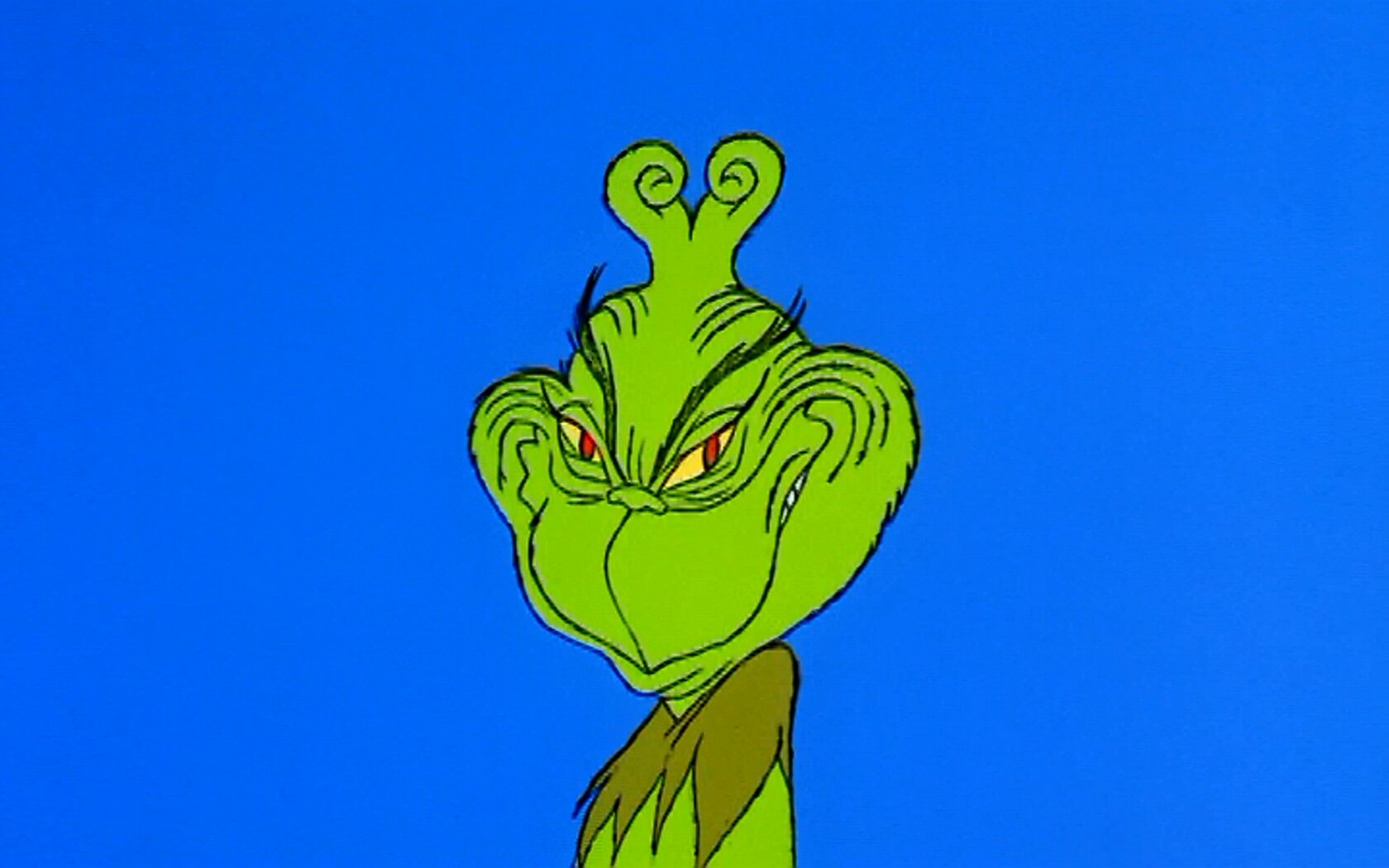Takeaway: A crude play depicting the well-known children’s story “How the Grinch Stole Christmas!” was found to be fair use of the original work.
 Plaintiff Matthew Lombardo, the author of Who’s Holiday!, a play that makes fun of and parodies the Dr. Seuss book, How the Grinch Stole Christmas!, brought a declaratory judgement action that his play was fair use and does not infringe upon defendant Dr. Seuss Enterprises, L.P.’s copyrights.
Plaintiff Matthew Lombardo, the author of Who’s Holiday!, a play that makes fun of and parodies the Dr. Seuss book, How the Grinch Stole Christmas!, brought a declaratory judgement action that his play was fair use and does not infringe upon defendant Dr. Seuss Enterprises, L.P.’s copyrights.
Over Defendant’s objections, the matter was resolved on a motion for judgment on the pleadings. The court determined that current precedent allowed for the matter to be decided before discovery because a side-by-side comparison of the works at issue was sufficient to decide the merits of the case.
The court found that the stark contrast between the character Cindy Lou from the original work and that of the character depicted in the play was a key factor in determining whether the play was a parody. Because the character was depicted so comically different as opposed to being merely exploitative of the original work to avoid the drudgery in working up something fresh, the court found there to be parody in the play. The play depicted Cindy Lou in an adult context with themes of poverty, teen-age pregnancy, drug and alcohol abuse, prison culture, and murder. On the other hand, the original work depicted a young innocent child that contrasted the darkness of the Grinch. Because of the stark comical contrast between the characters, the court found the play to be a parody, and therefore, was a transformative work.
The court pointed out that under parody, a secondary user is entitled to more extensive use of the original work than might otherwise be permissible, given that a parody must be able to conjure up at least enough of the original to make the object of its critical wit recognizable. The court found that the two works were sufficiently different. For example, the Grinch did not appear in the play, the setting was on a silver bullet train, which differs from the original setting, the plot was completely different, and the play did not copy or quote any language from the original work. For these reasons the court found that the amount of the copyrighted work that was used was reasonable in proportion to what was necessary to create a parody.



